
Java's heap is a runtime data area, from which class (objects allocate space. These objects are created through instructions such as new, newaray, anewarray and multianewarray. They do not require program code to be explicitly released. The heap is composed of garbage The advantage of the heap is that it can dynamically allocate memory size, and the lifetime does not need to be told to the compiler in advance, because it dynamically allocates memory at runtime, and Java's garbage collector will automatically collect these no longer used Data. But the disadvantage is that the access speed is slower due to the dynamic allocation of memory at runtime. The advantage of the stack is that the access speed is faster than the heap, and the stack data can be shared. The disadvantage is that the stack data can be shared. The data size and lifetime must be determined and there is no flexibility. The stack mainly stores some basic types of variables (int, short, long, byte, float, double, boolean, char) and object handles. A very important special feature is that the data stored in the stack can be shared. Suppose we define at the same time: int a =&
1. Recommended articles about heaps and stacks

Introduction: Java's heap is a runtime data area from which class (objects allocate space. These objects are passed through new, Instructions such as newarray, anewarray, and multianewarray are established. They do not require program code to explicitly release. The heap is responsible for garbage collection. The advantage of the heap is that it can dynamically allocate memory size, and the lifetime does not need to be told to the compiler in advance. It allocates memory dynamically at runtime, and Java's garbage collector will automatically collect the data that is no longer used. However, the disadvantage is that since memory must be dynamically allocated at runtime, access...
2. Page routing for mini program development

##Introduction: Page Routing The routing of all pages in the mini program is managed by the framework. The page stack framework maintains all current pages in the form of a stack. When a routing switch occurs, the page stack behaves as follows:
3. Detailed introduction to mina in java
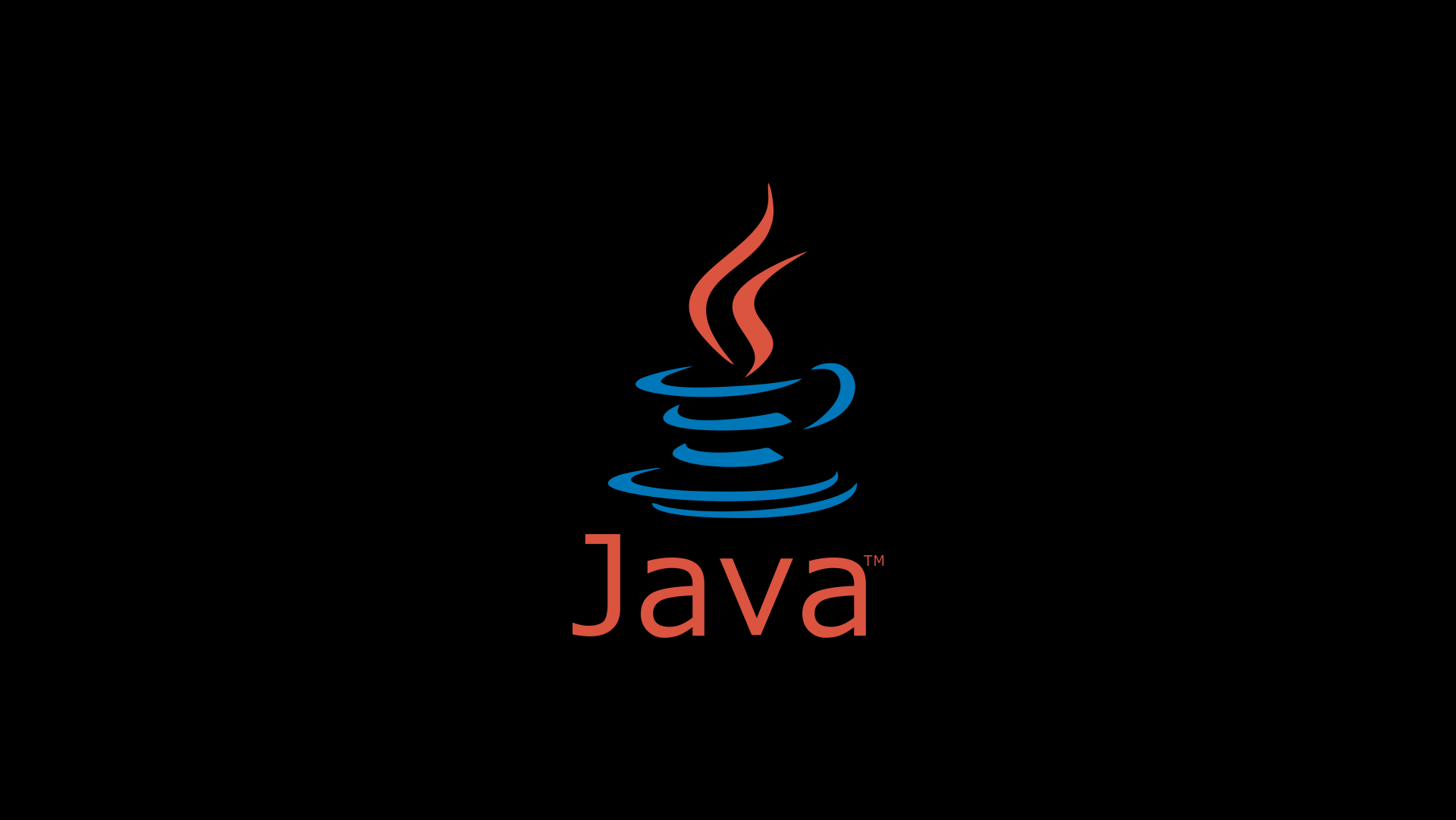
4.
Summary of the relationship between basic type and encapsulated type data and heap and stack in Java
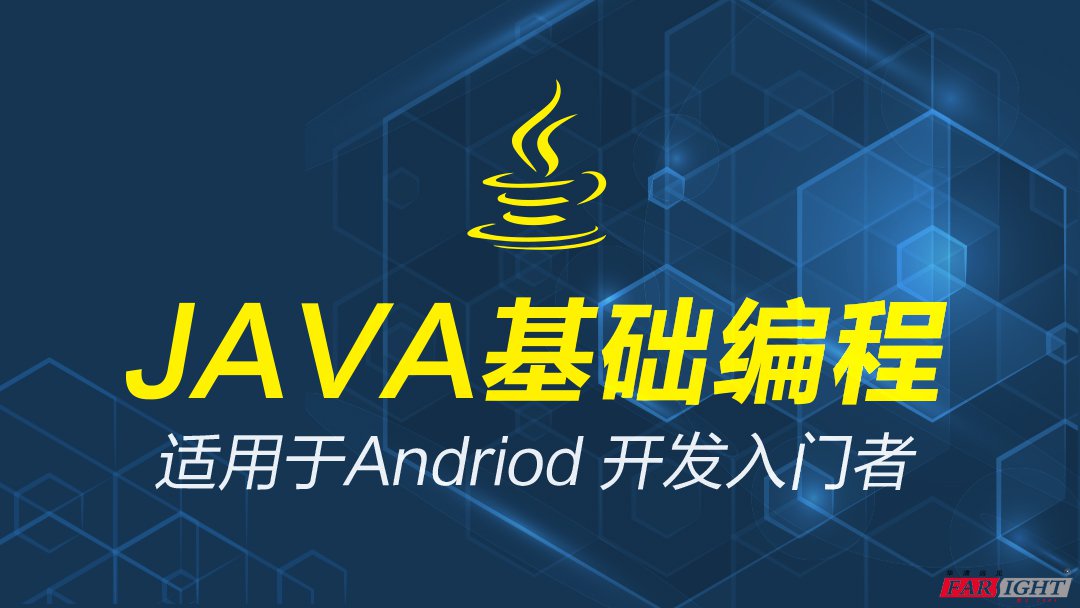 ##Introduction: Java's heap is a runtime data area, from which class (objects allocate space. These objects are created through instructions such as new, newarray, anewarray, and multianewarray. They do not require program code to explicitly release. The heap is responsible for garbage collection. The advantage of the heap is that it can dynamically allocate memory size, and the lifetime does not need to be told to the compiler in advance, because it allocates memory dynamically at runtime. , Java's garbage collector will automatically collect these no longer used data, but the disadvantage is that due to dynamic allocation of memory at runtime, access
##Introduction: Java's heap is a runtime data area, from which class (objects allocate space. These objects are created through instructions such as new, newarray, anewarray, and multianewarray. They do not require program code to explicitly release. The heap is responsible for garbage collection. The advantage of the heap is that it can dynamically allocate memory size, and the lifetime does not need to be told to the compiler in advance, because it allocates memory dynamically at runtime. , Java's garbage collector will automatically collect these no longer used data, but the disadvantage is that due to dynamic allocation of memory at runtime, access
##5. java. Special topic on stack
 Introduction: package java stack; public class Stack { private int maxSize; private Object [] data; private int top;//Stack top position /*** Initialization stack * @param maxSize*/ public Stack(int maxSize){ this.maxSize = maxSize;
Introduction: package java stack; public class Stack { private int maxSize; private Object [] data; private int top;//Stack top position /*** Initialization stack * @param maxSize*/ public Stack(int maxSize){ this.maxSize = maxSize;
6. Detailed explanation of 4 JavaScript concepts of Node.js
Introduction: Wouldn’t it be amazing if you only needed to know one programming language to build a full-stack application? To make this idea a reality, Ryan Dahl created node.js. Node.js is a server-side framework built on Chrome's powerful V8 JavaScript engine. Although originally written in C++, the application runs through JavaScript. In this way, the problem is solved. One language can rule them all. Moreover, you only need to use this one language throughout the entire application. Therefore, we need to have a deep understanding of node.js. This is this article.. 7. Html5 Canvas Preliminary Study Notes (5) - Drawing Status Introduction: In the previous article, I mentioned some drawing status values, such as line width and color. In Html5's Canvas, the drawing state refers to the entire set of properties of the 2D rendering context appearance, including drawing outline color, fill color, line width, transformation matrix, clipping area, etc. I will introduce more status values in future articles. This article mainly explains examples of saving state and restoring state, and explains the structure of this stack. 8. C# Basics of Memory Allocation ##Introduction: The creation process of an object is mainly divided into two links: memory allocation and initialization. In .NET, the memory area managed by CLR mainly consists of three parts: stack, GC heap, and LOH heap. The stack is mainly used to allocate value type data. Its management is controlled by the system, not by the GC like the GC heap. When the thread finishes executing the method of the value type instance, this space will be automatically released. Generally, the stack has high execution efficiency but limited capacity. 9. How to use C language and Python to implement stack and typical applications 10. Detailed explanation of the actual stack of Python algorithm application [Related Q&A Recommendations]: javascript - How to combine flask with vue to write a project that separates the front and back ends. Are there any examples? Looking for ideas and recommended examples? javascript - A question about Android webview java - How to understand the iload and istore instructions in the JVM android An Activity has set process and affinity, and the main screen task is deleted. php - What is the name of a debugging tool under the CodeIgniter framework that can display function call stacks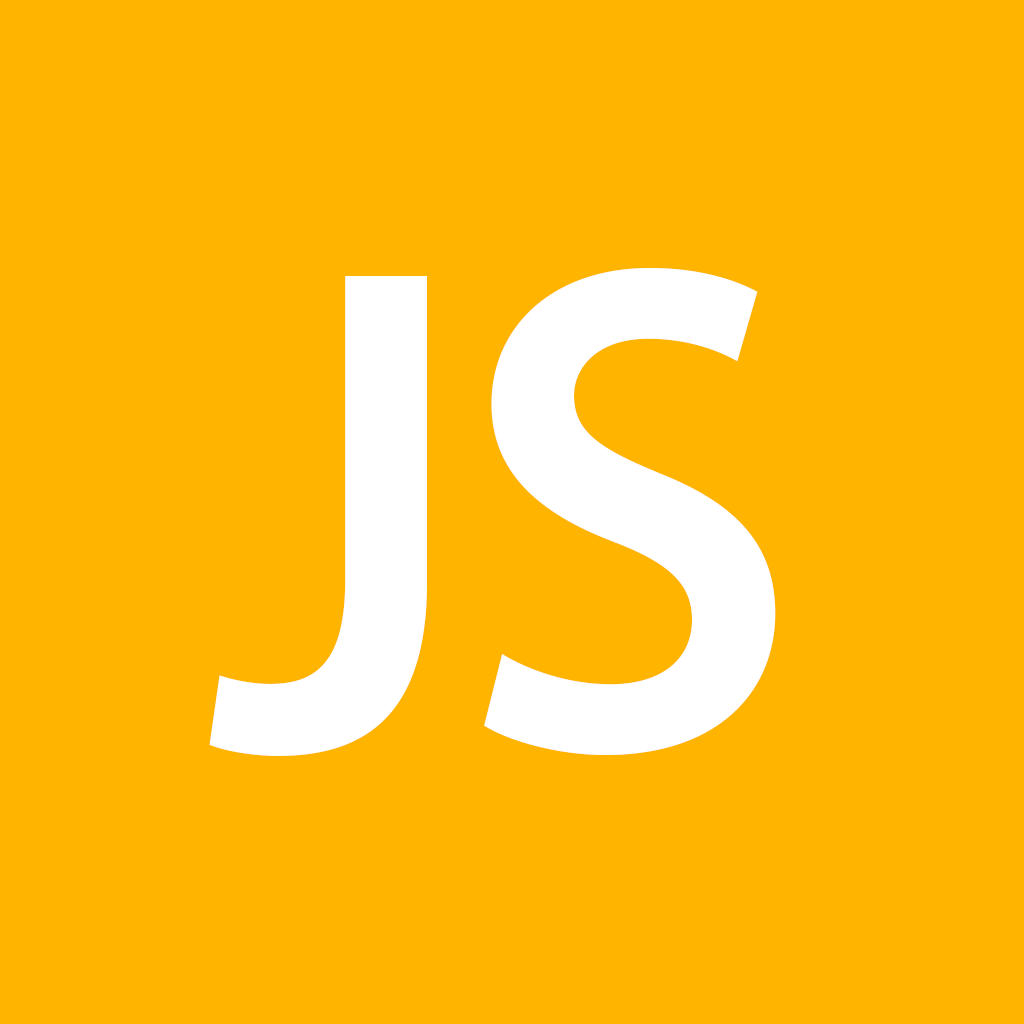
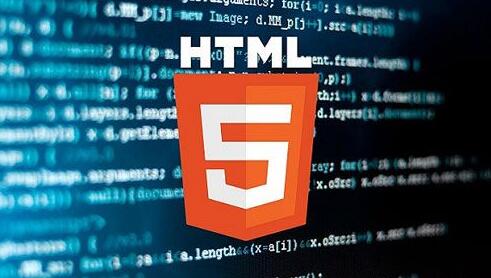

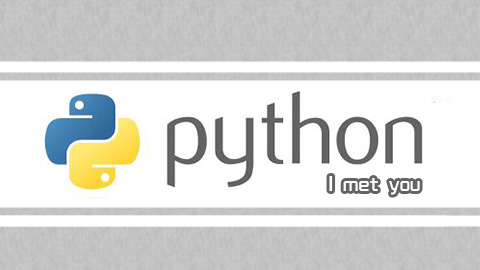
 ##Introduction: What is a stack? You can understand it as a first-in-last-out data structure (First In Last Out), a linear table with limited operations. The following article mainly introduces you to the practical application of stack in Python. The article gives multiple examples. Friends in need can refer to it. Let’s take a look together.
##Introduction: What is a stack? You can understand it as a first-in-last-out data structure (First In Last Out), a linear table with limited operations. The following article mainly introduces you to the practical application of stack in Python. The article gives multiple examples. Friends in need can refer to it. Let’s take a look together.
The above is the detailed content of Detailed introduction to the stack. For more information, please follow other related articles on the PHP Chinese website!
 How to modify the text in the picture
How to modify the text in the picture
 Is it legal to buy and sell Bitcoin on Huobi.com?
Is it legal to buy and sell Bitcoin on Huobi.com?
 The difference between indexof and includes
The difference between indexof and includes
 What are the Linux shutdown commands?
What are the Linux shutdown commands?
 Common website vulnerability detection methods
Common website vulnerability detection methods
 How to save pictures in Douyin comment area to mobile phone
How to save pictures in Douyin comment area to mobile phone
 Detailed process of upgrading win7 system to win10 system
Detailed process of upgrading win7 system to win10 system
 Solutions to unknown software exception exceptions in computer applications
Solutions to unknown software exception exceptions in computer applications




